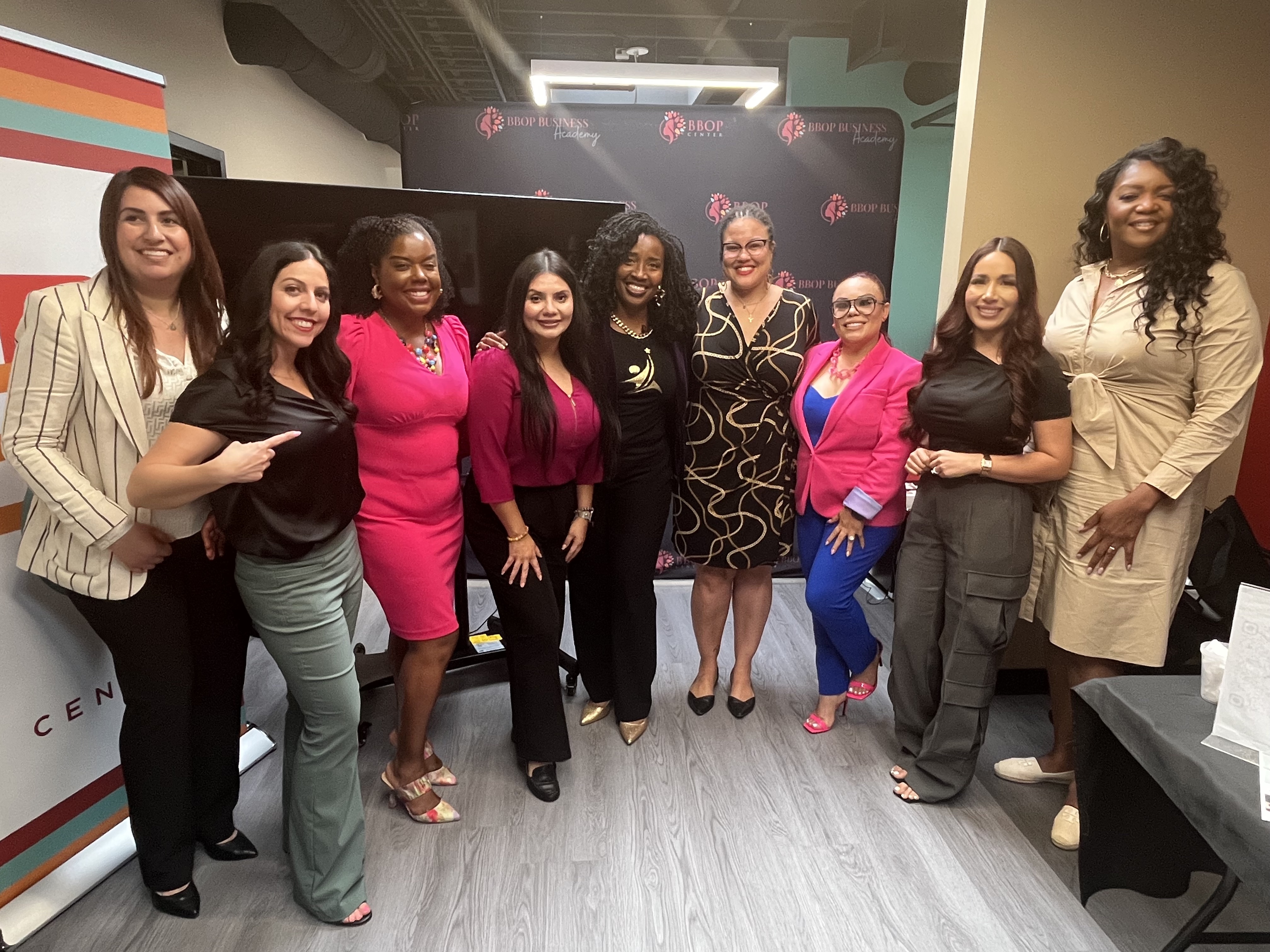By Edward Henderson | California Black Media
Amid escalating tensions stemming from clashing and entrenched opinions about the conflict in Gaza – and the ongoing chaos on college campuses nationwide — Jewish American Californians paused to celebrate Jewish American Heritage month this May.
On college campus and in neighborhoods across California, many Jewish Americans from different backgrounds representing various perspectives about the conflict in the Middle East reported fearing for their lives and safety.
Despite making up only about 3% of the California’s population, the Jewish community has faced a disproportionate share of religiously motivated hate crimes, with a surge in antisemitic attacks in recent years. According to the Anti-Defamation League Central Pacific Region, antisemitism has spiked in the U.S by about 140% and by a staggering 202% in Northern California Alone.
“It’s been a challenging time for our community. It’s been a dark and difficult seven months,” said Second Gentleman Doug Emhoff, Vice President Kamala Harris’ husband, referring to the period of time since Oct. 7,2023, when Hamas terrorists attacked Israel and killed nearly 1,200 people.
Since that attack, more than 30,000 Palestinians have died in Israeli retaliative attacks.
Emhoff, a former entertainment industry lawyer based in Los Angeles before moving to Washington DC, was speaking at the White House on May 20 at a Rose Garden ceremony organized to celebrate Jewish American Heritage Month.
“I know a lot of us are feeling alone, afraid, and in pain,” Emhoff continued. “There is an epidemic of hate, including a crisis of antisemitism, in our country and around the world. We see it on our streets, our college campuses, and our places of worship.”
Earlier in May, Gov. Gavin Newsom issued a proclamation declaring it Jewish American Heritage Month.
“California is home to the second largest Jewish population in the U.S., with thriving communities in Los Angeles, San Francisco, San Diego and other parts of the state,” Newsom said in a statement.
“This month, we recognize the enduring faith, perseverance, and resilience of the Jewish people and lift up the many ways that Jewish Americans enrich our culture, politics, civil society, and countless other areas.”
“Amid brazen displays of antisemitic hate, California is taking action to protect our communities and ensure that future generations never forget the lessons of the past, including the deliberate murder of approximately six million European Jews during the Holocaust,” Newsom continued.
The California Legislative Jewish Caucus (CLJC) is advancing legislation its members authored to help combat the increase in antisemitic sentiments and violence.
Members of the CLJC recently announced their priority legislation for the 2024 legislative season.
Those bills, according to the CLJC, seek to protect Jewish students on campus, better educate young people about the Holocaust and modern forms of antisemitism, and address the rise in hate crimes. The Jewish Caucus is also working to implement key strategies outlined in the recently released Golden State Plan to Counter Antisemitism.
Additionally, the state has launched the CA vs. Hate online resource, a platform that allows victims and witnesses of hate acts to anonymously report them.
“I am proud that the Jewish Caucus is laser-focused on legislation that prioritizes combatting this hate and making our state a safer, more compassionate, and more understanding place for all people,” said Sen. Josh Becker (D-Menlo Park), Vice Chair of the CLJC.
“The Jewish Caucus stands united and fully committed to working with other communities to advance our legislative package and ensure that the California Dream is achievable for all of us,” Becker said.
The following bills are included in the Jewish Caucus’s priority package:
AB 2925: Including Antisemitism in Diversity, Equity, and Inclusion Author: Assemblymember Laura Friedman (D-Glendale)
AB 2925 requires that any campus that chooses to provide DEI training must include training about discrimination against the groups most likely to be targets of hate, including the Jewish community.
AB 3024: Stop Hate Littering Act Author: Assemblymember Chris Ward (D-San Diego)AB 3024 seeks to prevent the distribution of hateful flyers, posters, or symbols that are intended to terrorize vulnerable communities.
SB 1277: Teachers Collaborative for Holocaust and Genocide Education Author: Sen. Henry Stern (D-Malibu)
SB 1277 will enshrine the California Teachers Collaborative for Holocaust and Genocide Education as a statewide professional development program for teachers under the Department of Education. The Collaborative will focus on the Holocaust and other genocides, as well as identifying and confronting hate and antisemitism in modern society.
SB 1287: Protecting Free Speech at Institutions of Higher Education Author: Sen. Steve Glazer (D-Orinda)
SB 1287 will require colleges and universities to update and enforce student codes of conduct to better prevent violence, harassment, intimidation, and discrimination that is intended to interfere with free speech and other constitutionally protected rights.
“Jewish leaders are on the frontlines fighting antisemitism through education, advocacy, and building bridges with other communities. It’s because of your leadership that we will dismantle prejudice and ensure Jewish safety,” Emhoff said.
This resource is supported in whole or in part by funding provided by the State of California, administered by the?California State Library?in partnership with the?California Department of Social Services?and the?California Commission on Asian and Pacific Islander American Affairs?as part of the?Stop the Hate?program. To report a hate incident or hate crime and get support, go to?CA vs Hate.
 Westside Story Newspaper – Online The News of The Empire – Sharing the Quest for Excellence
Westside Story Newspaper – Online The News of The Empire – Sharing the Quest for Excellence
